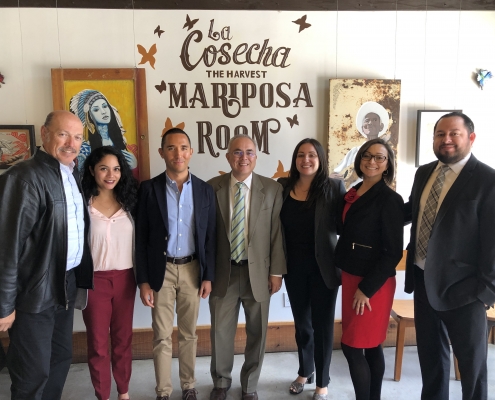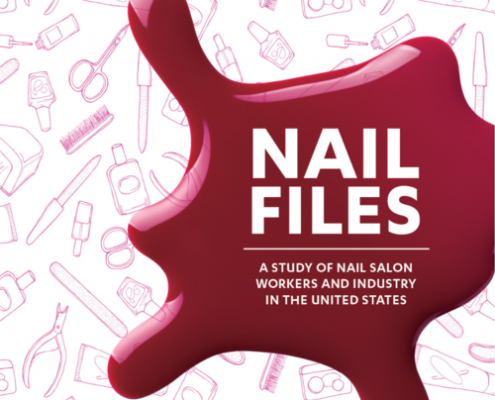
Informing Policy in Real Time: UCLA LPPI in Sacramento
By Celina Avalos and Sonja Diaz On May 20, 2019, the UCLA…

Health, Wealth, & Power: A Student’s Perspective
By Vianney Gomez and Celina Avalos As policy fellows with…

Professional Development through Networking in the Bay Area
By Amado Castillo and Eduardo Solis With over 1,000 organizations…

UCLA LPPI Study Identifies Barriers Latino Students Face When Pursuing a Medical Career in California
UCLA Latino Policy and Politics Initiative study finds…

Bargaining for the Common Good: An Analysis of the Los Angeles Teachers’ Strike
By Betty Hung, Staff Director, and Kent Wong, Director, UCLA…

Growing Up Bilingual in Multilingual Los Angeles
By Lilit Ghazaryan UCLA Graduate Student, Department of…

Nail Files: Low-Wage Work in the National Nail Salon Sector
By Preeti Sharma, Saba Waheed, and Vina Nguyen With the…

Factors That Influence the Acceptance of Corruption in Brazil
By Sergio Guedes Reis, UCLA Master of Social Science ‘18 Citizens…

Students Participate in Collective Bargaining Exercise at UCLA
By Kent Wong Director, UCLA Labor Center The UCLA fall…

UCLA Professor Frasure-Yokley Discusses Her Electoral Research on MSNBC — Watch Video Here
On October 8, UCLA Professor Lorrie Frasure-Yokley and UCLA…

